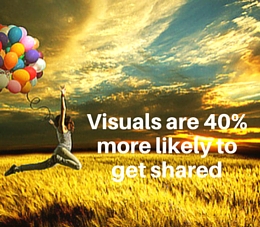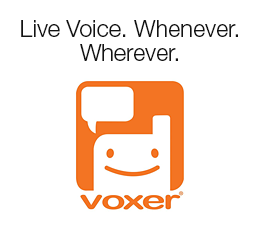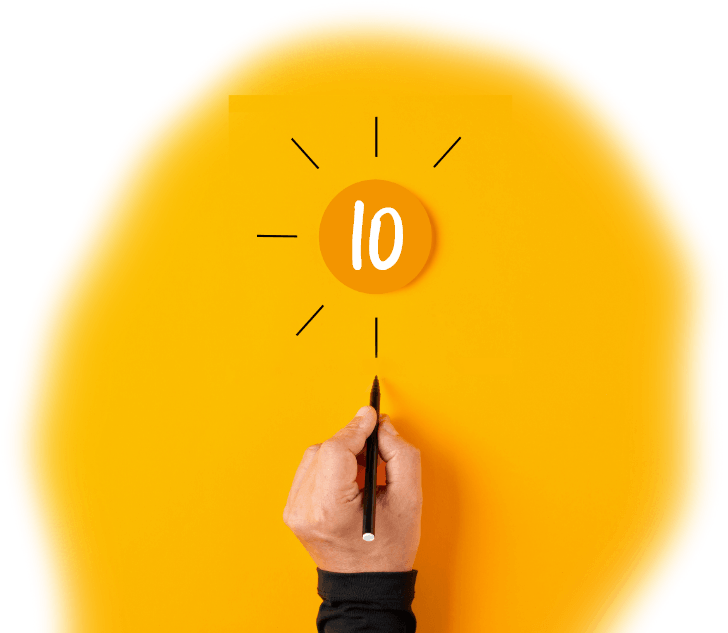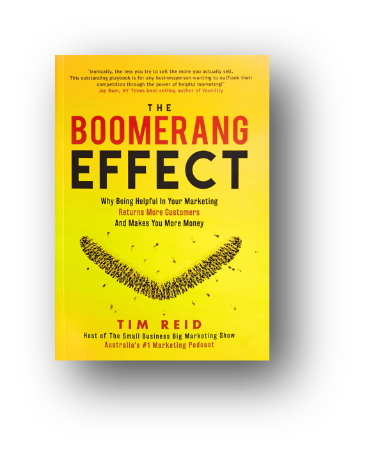Gone are the days of purely textual stimulation and information. In 2016, thanks to social media and smartphones, words alone are not sufficient. The modern person requires both visual and written incentive to be properly engaged and entertained. As well as this, content with visuals also has a greater lifespan online. With the increase of images, videos, infographics and illustrations on various social media and content marketing platforms, many brands and companies have started discovering the power of imagery. However, don’t just listen to our opinion, here are some cold, hard facts that may surprise you about the importance of creating visual content.
A study by Visual Teaching alliance revealed the following facts:
- Eyes can process 36,000 visual messages per hour
- The sense of a visual scene can be felt in less than 1/10 of a second
- 90% of information transmitted to the brain is visual
- Brain process visuals 60,000 times faster than any text
These statistics prove that our brains process visuals faster than any other type of content. If that isn’t enough to convince you, we’ve put together the top four reasons why you should include visual content in your content marketing strategy.
-
Visuals trigger a reaction
Reading only text doesn’t motivate audiences as much as visuals do. Validating this, research has found that colored visuals increase people’s willingness to read a piece of content by 80%. Moreover, content with relevant images gets 94% more views than content without relevant images.
-
Visuals tell a story
You all know the saying, “a picture is worth a thousand words.” This is a popular saying for a reason! 46% of marketers say photography is critical to their current marketing and storytelling strategies, while 65% of senior marketing executives believe that visual assets are core to how their brand story is communicated (photos, video, illustrations and infographics). In my interview with Dave Munson from Saddleback Leather he says he wants to make leather bags that Indiana Jones would love – visuals help him communicate this.
-
Visuals condense information
Eye-tracking studies show internet readers pay close attention to information-carrying images.In fact, when the images are relevant, readers spend more time looking at the images than they do reading text on the page. As well as this, people following directions with text and illustrations do 323% better than people following directions without illustrations. Infographics are a great way to help people understand a certain concept or follow instructions like this one that explains the 50 must -haves of an effective website.
-
Visuals increase engagement
Visuals increase readers’ engagement on many levels. Studies have shown that visual content is more than 40 times more likely to get shared on social media than other types of content. As well as this, articles with an image once every 75-100 words got double the number of social shares than articles with fewer images.
Words alone are not sufficient content today. It is mandatory to go a step further to delight, inform and engage the audience. Hopefully, these statistics that demonstrate the impact visual content has on reach, engagement, and sales. If you need help with incorporating visuals into your website content, you might want to check out the guys at Soul Digital.
How do you use visuals to make your marketing more effective?









1 thought on “How to Leverage the Power of Visual Content in Your Content Marketing Strategy”